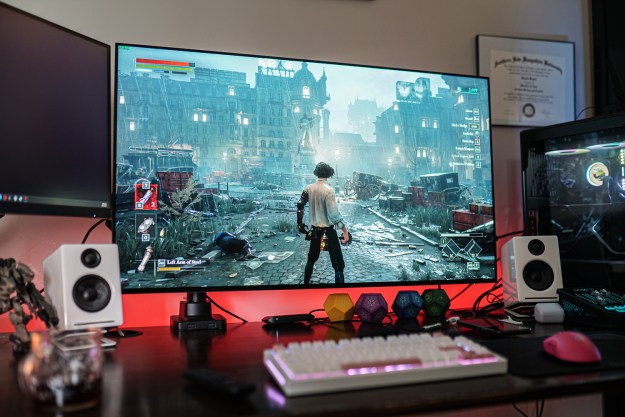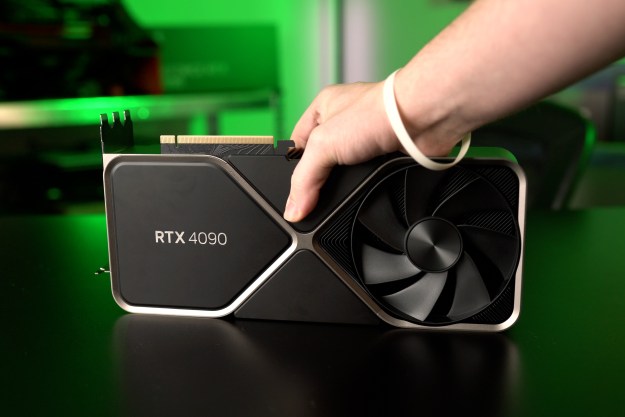Nvidia’s latest flagship GPU — the GeForce RTX 3090 Ti — will have a third 8-pin adapter, according to Tom’s Hardware. We’ve known for a long time that the 3090 Ti would be power-thirsty, and now it’s clear how Nvidia intends for the card to draw its power.
It’s been known for quite a while that the 3090 Ti would require a different power supply for PC upgraders. The actual power cable is a next-gen PCIe 5.0 12VHPWR connector, which is a 12+4 pin cable that can deliver up to 600 watts of power. It’s also part of the ATX 3.0 standard for new PSUs that Intel recently announced. That means any modern ATX power supply should work with the cable without the need for an adapter.

This new cable can deliver between 150W and 600W, which exceeds the power delivery of the included triple 8-pin adapter. However, not every power supply on the market is compatible with the 12VHPWR, so Nvidia has included the triple 8-pin adapter to make sure the card works on every setup.
The triple 8-pin adapter shows just how much power the RTX 3090 T is going to draw. When the original 3090 shipped, it included a 12-pin to double 8-pin adapter. Nvidia’s reasoning was very similar at the time. The RTX 3090’s 350W TDP put it well ahead of its competition — and even other Nvidia cards — when it comes to power draw. With a third 8-pin connector added for the 3090 Ti, we can expect this card to well exceed the TDP of the 3090. Our previous reporting indicates the TDP could fall anywhere between 400W and 500W.
When you look at the specs of the RTX 3090 Ti, it’s no surprise that it will require this much juice. The flagship card runs 10,572 CUDA cores (compared to 10,496 on the regular 3090) and 24GB of GDDR6X memory.
The 3000 series of RTX cards (particularly the higher-end ones) are known for being power-hungry, especially compared to prior generations. That’s something AMD’s latest series of GPU cards is apparently aiming to beat Nvidia at. We are still several months away from seeing next-generation cards, though. The RTX 3090 is much closer, with an expected launch date of March 28.
Editors' Recommendations
- Nvidia could flip the script on the RTX 5090
- AMD’s canceled GPU could have crushed Nvidia
- Nvidia RTX 50-series graphics cards: news, release date, price, and more
- 5 GPUs you should buy instead of the RTX 4070
- How 8GB VRAM GPUs could be made viable again




